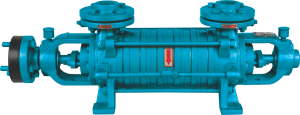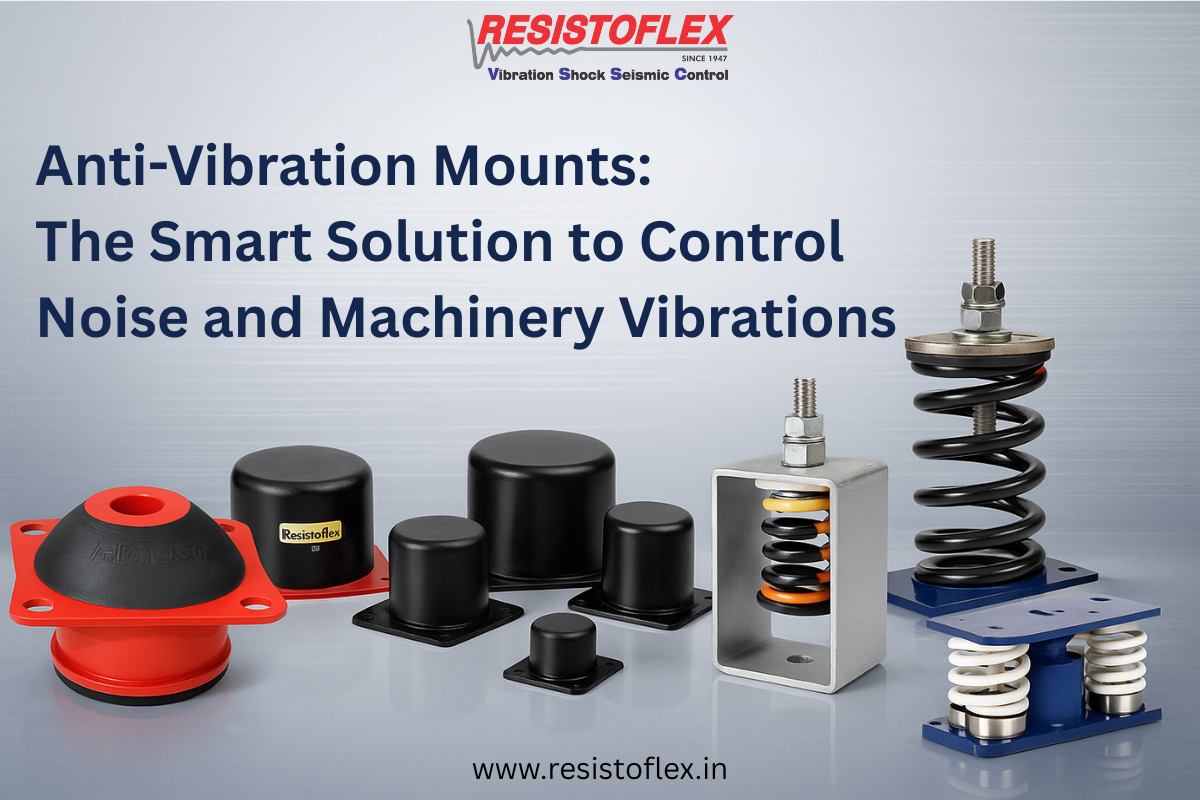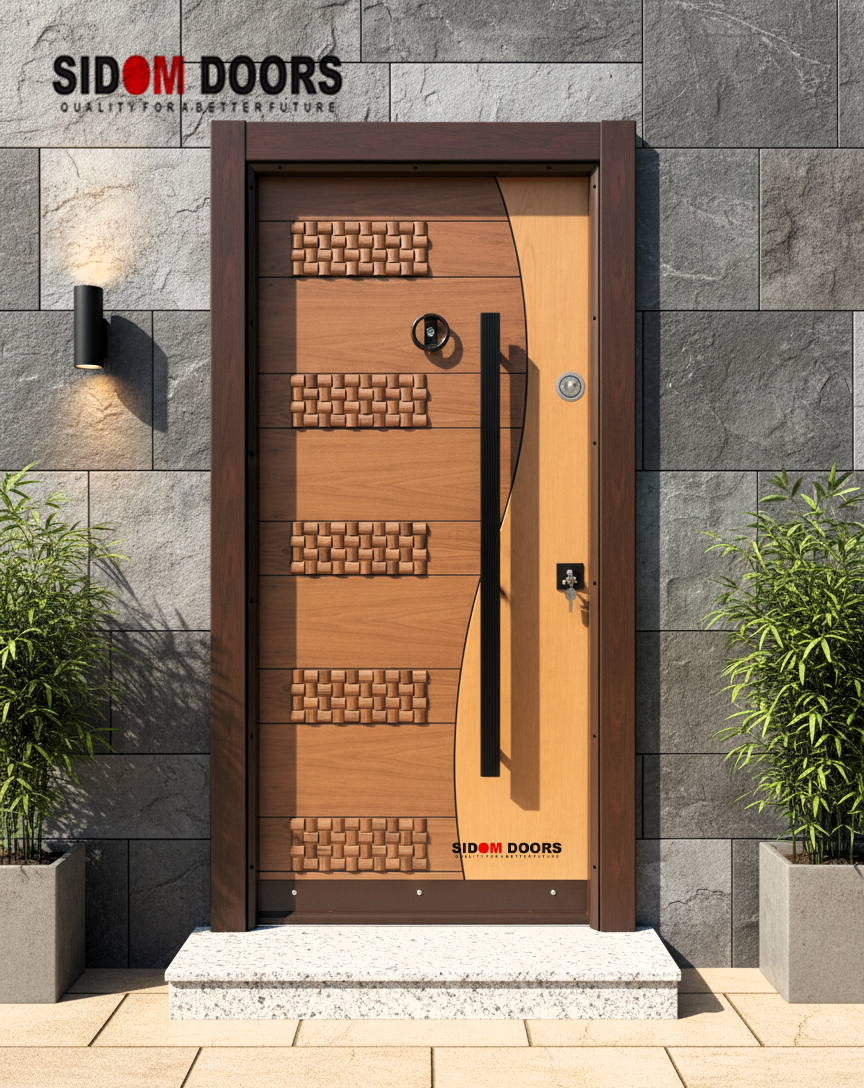At Jee Pumps, we have worked with filtration systems for many years and understand how important every part of the system is. One of the most crucial parts is the Filter Press Pump. This pump is responsible for moving liquids under pressure into a filter press so that solid and liquid can separate smoothly. When the pump works properly, the entire filtration process becomes faster, cleaner, and more efficient.
A High Filter Press Pump is built to handle thick liquids and maintain steady pressure. Top Filter Press Pump Manufacturers and Filter Press Pump Suppliers focus on quality, pressure control, and durability because industries depend on these pumps for daily operations. From wastewater treatment to chemical processing, a reliable pump keeps everything running without interruption. Over the years, we’ve seen that most pump failures don’t happen overnight. They start with small issues that, if ignored, grow into bigger and costlier problems. Spotting these early and fixing them on time can extend the life of the pump and save a lot of money.
Why Filter Press Pump Maintenance Is Important
Regular maintenance is the best way to keep a Filter Press pressure Pump working at its best. Many industries rely on High Pressure Filter Press water Pumps every day. If the pump is not checked and maintained regularly, problems like low flow, leakage, or pressure drops can suddenly appear and stop the entire system.
Here’s why regular care matters:
- It keeps pressure steady during filtration.
- It reduces wear and tear on internal parts.
- It helps prevent sudden breakdowns.
- It increases the working life of the Filter Press Pump.
Even simple steps like checking seals, cleaning pipelines, and lubricating moving parts can make a big difference. Choosing reliable Filter Press Pump Manufacturers also helps because quality pumps are easier to maintain and last longer.
Problem 1: Low or No Flow from the Pump
One of the most common issues is when the Filter Press Pump delivers very low flow or no flow at all. This can disturb the entire filtration process. Common reasons include:
- Air leaking into the suction line.
- Blockage in the suction pipe or impeller.
- The pump was not primed properly.
- The impeller or seal is worn out.
How to fix it:
- Check all suction lines for air leaks and tighten them properly.
- Clear any blockage in the suction pipe or impeller.
- Re-prime the pump before starting it again.
- Replace damaged impellers or seals if needed.
When these steps are followed, the flow usually returns to normal, and the system starts working smoothly again.
Problem 2: Pressure Drops During Operation
A steady pressure level is essential for a High Filter Press Pump to work correctly. If the pressure suddenly drops, filtration slows down and quality can suffer. Common causes include:
- Worn-out or damaged seals.
- Valves not fully open or not working properly.
- Leakage in discharge lines.
- Incorrect pump speed settings.
How to fix it:
- Replace damaged seals or gaskets.
- Make sure all valves are fully open and functioning well.
- Inspect the discharge line for leaks and repair them.
- Adjust the pump speed or motor settings to match the required Filter Press pressure Pump output.
Keeping the pressure steady improves both the pump’s life and the overall efficiency of the filtration process.
Problem 3: Pump Overheating
Overheating is another common issue that should never be ignored. It can damage internal parts of the Filter Press Pump if not fixed quickly. Causes often include:
- Running the pump dry without liquid.
- Clogging inside the pump, causing friction.
- Blocked cooling lines.
- Motor overload.
How to fix it:
- Make sure the pump is properly primed before starting.
- Clean suction and discharge lines to reduce friction.
- Check and clean the cooling lines regularly.
- Monitor motor load to avoid overloading.
Many good Filter Press Pump Manufacturers include temperature control features, but manual checks are just as important to prevent overheating.
Problem 4: Unusual Noise or Vibrations
Strange sounds or shaking are signs that something inside the High Pressure Filter Press water Pump is not right. Common causes are:
- Loose bolts or base plates.
- Misalignment between the motor and pump.
- Worn bearings.
- Cavitation caused by low suction pressure.
How to fix it:
- Tighten all loose fittings and bolts.
- Check and correct alignment between pump and motor.
- Replace bearings before they cause further damage.
- Ensure the suction pressure is adequate to avoid cavitation.
Fixing these issues early can prevent serious breakdowns later.
Problem 5: Leakage from Pump Seals or Connections
Leakage is a clear warning that something is wrong. It can lead to pressure loss and safety issues. Common causes include:
- Worn or damaged mechanical seals.
- Gaskets not fitted properly.
- Vibration causing loose joints.
- High pressure leading to seal failure.
How to fix it:
- Replace damaged seals with good-quality ones recommended by Filter Press Pump Suppliers.
- Install gaskets carefully and tighten connections correctly.
- Reduce vibration by aligning the pump properly.
- Monitor pressure to avoid overloading seals.
A well-maintained Filter Press Pump can run for years without facing major leakage problems.
Problem 6: Clogging or Blockage in the Pump Line
Clogging is very common, especially when dealing with thick liquids or slurry. Over time, materials build up inside the suction or discharge line, slowing down flow and lowering pressure.
Causes include:
- Build-up of solid particles.
- No proper filtering before the pump.
- Irregular cleaning and maintenance.
How to fix it:
- Flush pump lines regularly with clean water or proper solvents.
- Install strainers or filters upstream to catch large particles.
- Clean the impeller and pipelines on a schedule.
Using a High Filter Press Pump with good discharge pressure also helps reduce frequent clogging.
Best Maintenance Practices to Avoid Future Problems
Good maintenance is always better than frequent repairs. Based on our years of experience, here are the best practices that keep pumps running smoothly:
- Inspect regularly: Check seals, impellers, and pipes for wear or damage.
- Lubricate properly: Keep bearings and moving parts well-oiled.
- Clean on time: Flush the system regularly to prevent build-up.
- Monitor pressure: Keep an eye on pressure readings to spot early signs of problems.
- Train your staff: Make sure operators understand how Filter Press Pumps work and can notice early warning signs.
When you use quality products from trusted Filter Press Pump Manufacturers, following these simple steps ensures long, trouble-free performance.
Conclusion:
Understanding common issues and fixing them early helps any Filter Press Pump last longer and work better. With regular care and attention, you can reduce costly repairs, avoid downtime, and keep your operations running without stress. At Jee Pumps, we have seen how simple maintenance habits can make a big difference in pump performance and reliability.
Get in touch today to keep your filtration system working smoothly with trusted pumping solutions.
Check Out Our Top Quality Products:
Polypropylene Pump | Vertical Turbine Pump | Mixed Flow Pump



